Sometimes, shoes are worn on all four feet while other times, a horse only dons shoes on its front feet The purpose of the horse shoe is often to protect the hoof wall Racing or jumping horses can develop cracks in their hooves, but a shoe helps strengthen the landing and offers added traction and additional protection, especially if the horse is traveling over long distancesHorsemen tried various remedies, and by the sixth and seventh centuries began nailing metal shoes onto their horses' feet The horseshoe was such a popular invention that it inspired European folktales In one story, an invisible farrier named Weland Smith replaced horses' lost shoes when the owners' backs were conveniently turnedLikewise, Thoroughbred racehorses wear specialized shoes that protect their feet without interfering with their speed Most horses that require shoes wear some version of a steel plate, but not
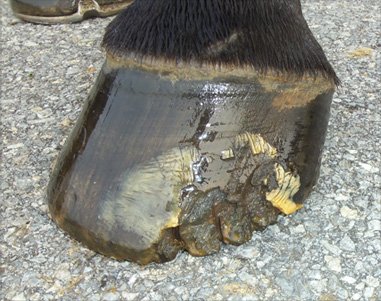
Glue On Horseshoes By Soundhorse Technologies
Does race horses wear horseshoes
Does race horses wear horseshoes-Shoes just make horses a lot more versatile for riding They help a mounted horse get a hold of the ground and stop harder Shoes also help horses distribute the extra weight of a rider and tack But whether they really need shoes or not depends on terrain, what type of riding they're doing, and where the horse is keptYour horse may have the most prestigious pedigree in your sport, but it may have many faults found throughout its bloodline A horse with good feet can go without shoes Over time, the horse foot will form its own 'natural shoe' A quality farrier will know how to give and take what is needed to keep the animal comfortable
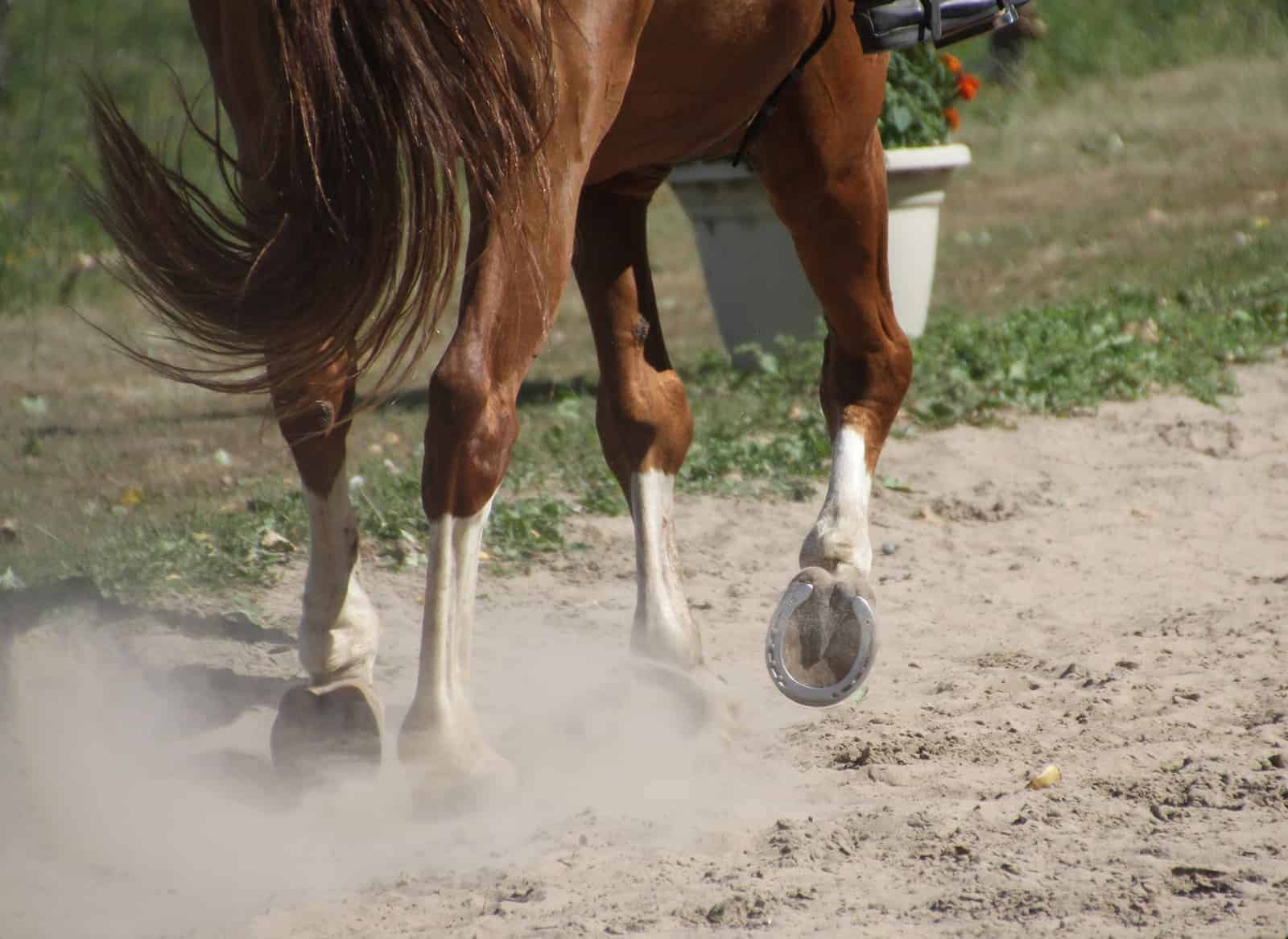


Farriers Discuss What Shoe Wear Reveals The Horse
The leading theory is that the signs rose to prominence in direct opposition to the counterculture movement of the 1960s The Society for Barefoot Living blog posited that the signs didn't even exist until 1970, but "spread like wildfire" as more business owners looked for ways to keep out those longhaired, tiedyed, barefooted hippies We reached out to William Rorabaugh, history professorHorses are often ridden, driven, or led over hard surfaces, so wearing horseshoes will protect their sensitive feet from injury and wear For jumping and other events where horses need lots of traction, small studs can be screwed into the shoes to provide grip – a bit like spikes on football bootsHave you been wonder whether or not horses need to have shoes?
Horses' hooves continuously grow like our finger nails, so noneAccidents with nervous race horses do occur at the post, and they can be dangerous for the horse and jockey, as well as for the gate workers who help the horses load at race time A good trainer focuses attention not just on training a horse to run well but on schooling the horse in all activities of the track to minimize anxiety and make theWatch this video to find out!
A horseshoe is a fabricated product, normally made of metal, although sometimes made partially or wholly of modern synthetic materials, designed to protect a horse hoof from wearShoes are attached on the palmar surface (ground side) of the hooves, usually nailed through the insensitive hoof wall that is anatomically akin to the human toenail, although much larger and thickerMichelle and Sunny break it down for you with another "Question for the Equestrian"Do you hYes Aluminum Horse Shoes are made of lightweight aluminum ideal for race horses so they can run fasterhowever, there are many different types of racing plates making this a very complicated answer, as followed Front Regular Toe Aluminum Racing Plates The REGULAR TOE is the most popular style plate in use



Why Do Horses Need Shoes Should You Shoe Your Horse Horsy Planet



Should Horses Be Barefoot Or Shod Horse Rider
Halter horses also tend to wear pads, which help to enlarge and enhance the look of their hooves in shows Finding a farrier Not all farriers are willing to trim and shoe draft horses "It's hard work and you have to have extra equipment like stocks, a larger anvil and forge to make draft horse shoes," Butler saidGreat to hear that you've made the improvements and your horse is now sound There are a number of different types of bar shoes and each one will do a different job Three of the most commonly used bar shoes include egg bar shoes, heart bar shoes and bar shoes (often called straight bar shoes)A variety of horseshoes, including aluminum racing plates (light or dark);



Why Horses Wear Shoes Texas Co Op Power
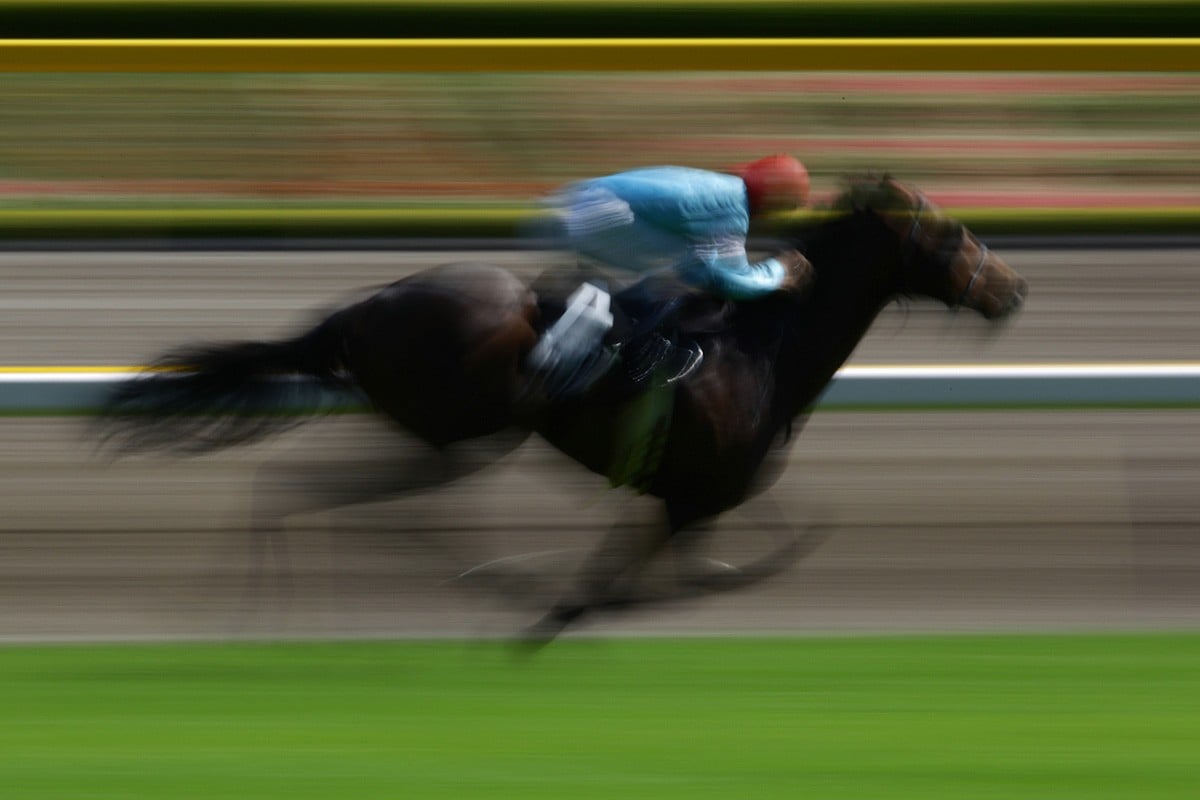


12 Things Every Punter Should Know Sporting Post
Horses wear steel shoes for all kinds of activities like regular riding, show jumping, polo, and eventing Racehorses typically wear aluminum shoes due to their lighter weight Other materials that horseshoes come in include titanium, copper, magnesium, plastic, and rubber Some horseshoes have caulks or studs, which provide extra tractionSome racehorse wear corrective shoes It is not unusual for a racehorse to need a specialized shoe because of the problems they may develop in their leg or hoof These specialized shoes will be made onsite by a farrier The two most common types of corrective shoes used in horseracing are called Zbar and VbarAlmost all racehorses do wear shoes, with the majority of them wearing aluminum plates However, depending on the type of racetrack turf, certain restrictions do apply to the type of shoe that can be worn Q Why do wild horses not need shoes?
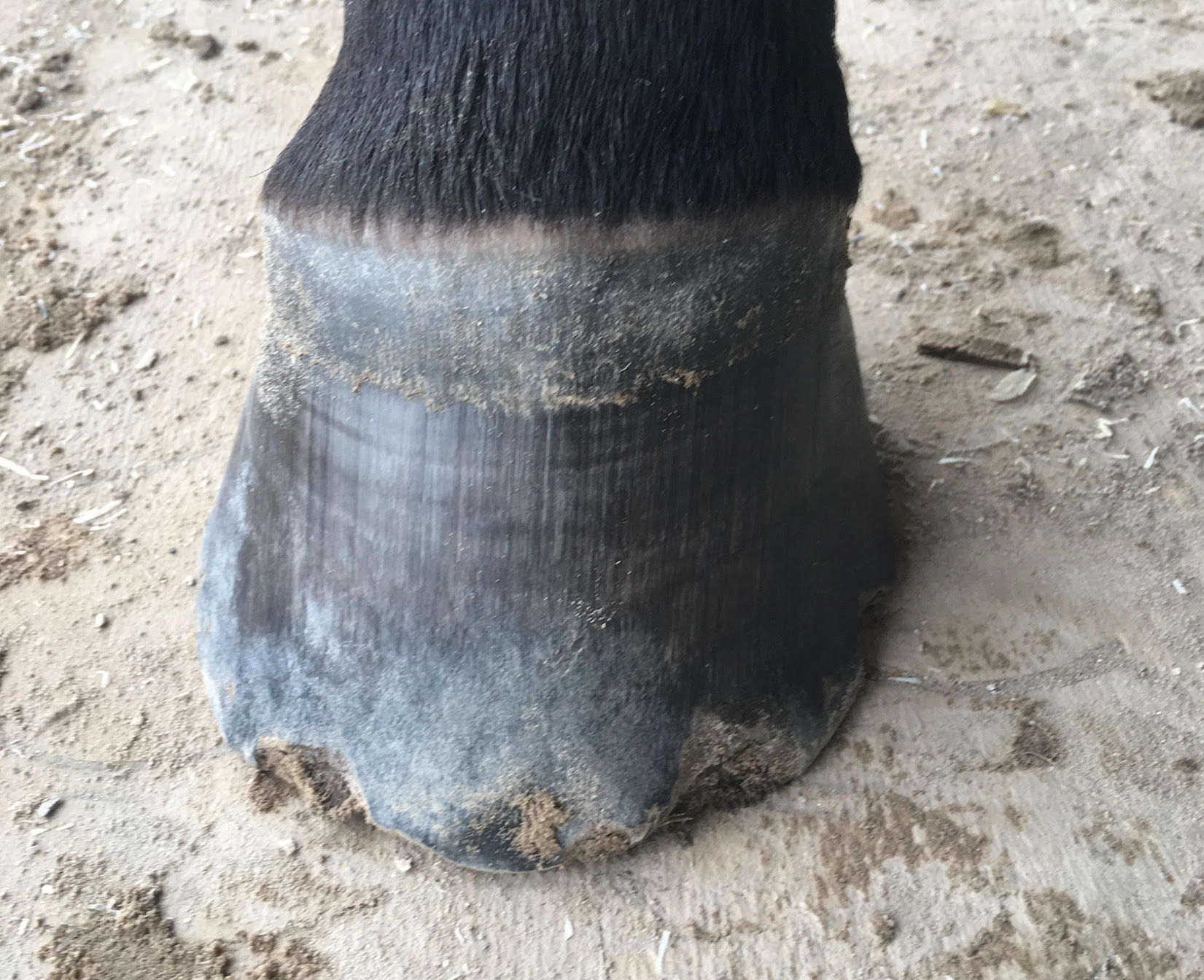


Does Your Horse Really Need To Wear Shoes Insight From A Leading Farrier Topics Orb Cigar Alysheba Thoroughbred Racing Commentary



The News About Shoes Expert How To For English Riders
Race Horses Best Shoes for the Job Race Horses require a wide range of shoes because of the different type of race surfaces and conditions in which they perform, as well as the different beliefs of trainers and farriers as to what works best The rules regarding toe inserts for racing vary throughout North AmericaSurprisingly, many varieties of shoes made today were found already in use in the US during the 19th century Rubber pads and horsey galoshes were precursors to today's hoof pads Lighter aluminum shoes once used for racing have lightened the load for many horses in the arenaWhile barefooting is considered the ideal for horses, there are times when shoes are necessary Horses that pull abnormal amounts of weight require shoes to prevent their hooves from wearing down Shoes are often used to protect racing horses that have weak hoof or leg muscles They are also used to give horses extra traction in the snow and ice



Glue On Horseshoes By Soundhorse Technologies


Do Horses In The Triple Crown Races Wear Good Protection Such As Horse Shoes Quora
Horse shoes are essential for hooves that are regularly in contact with rugged flooring, such as concrete or other rough surfaces This is because their hooves can be damaged from uneven or hard flooring, putting the animal at risk of standing on objects that damage their natural hoovesRace Horses require a wide range of shoes because of the different type of race surfaces and conditions in which they perform, as well as the different beliefs of trainers and farriers as to what works best The rules regarding toe inserts for racing vary throughout North AmericaKeeping shoes on your horse's hooves requires a bit more maintenance and attention than letting your horse remain barefoot A hoof still grows with a shoe on, just like your fingernails still grow even if you are wearing polish As the hoof grows, the nails that keep the shoe on become loose and the horse can lose a shoe



Horseshoes Why Horses Need Them Plus Facts Uses And Types



Why Do Horses Wear Shoes Horse Care Tips Horse Care Horses
Horseshoes are applied hot so that they stay on the horses hoof when the shoe cools to room temperature and when the shoe turns cold in winter By the way, horses do not need to wear shoes ReadAlthough Welsh Ds usually have good feet, the addition of roads and tracks and increased load with the work your horse is likely to benefit from the support of shoes However, never forget that youHorses are basically putting all of their weight in each leg on one toe cows at least get two =) 2) Function Horses do much more work for man than cows do, so the pressure put on their feet is different The shoe helps protect their feet and distribute the weight better 3) Feasibility
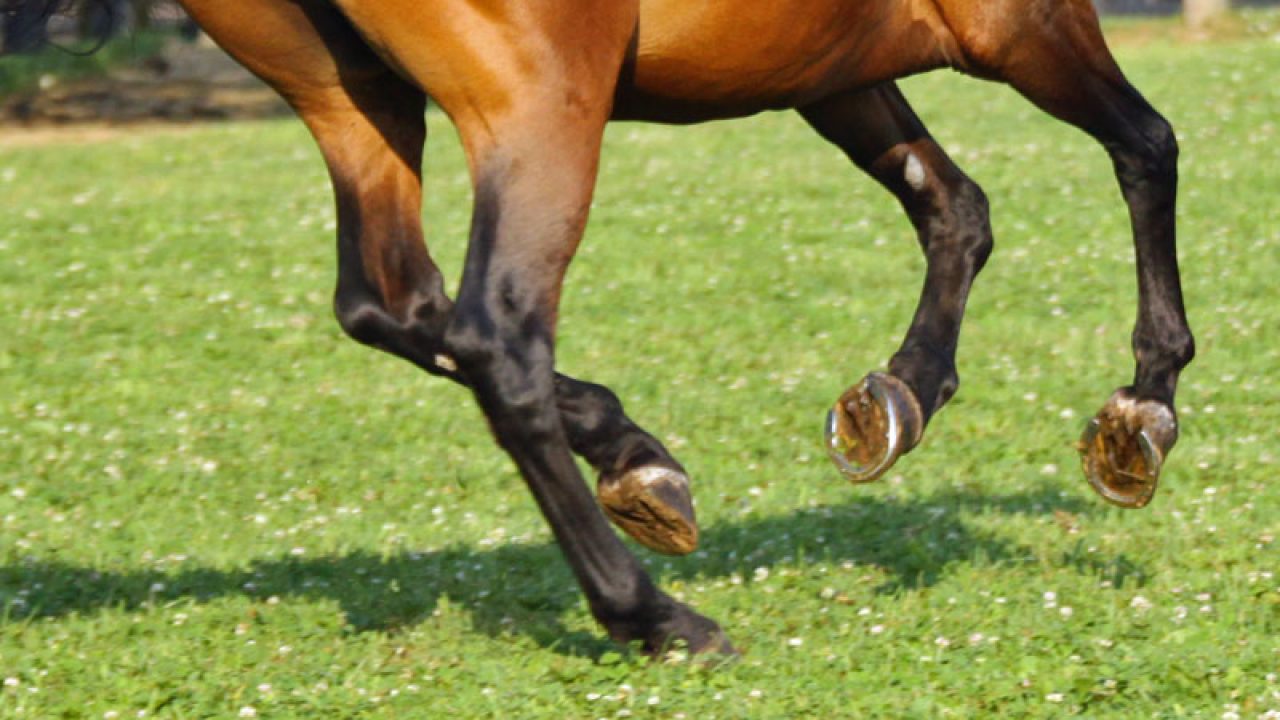


Alternative Hoofwear Thinking Beyond Traditional Horseshoes Horse Illustrated
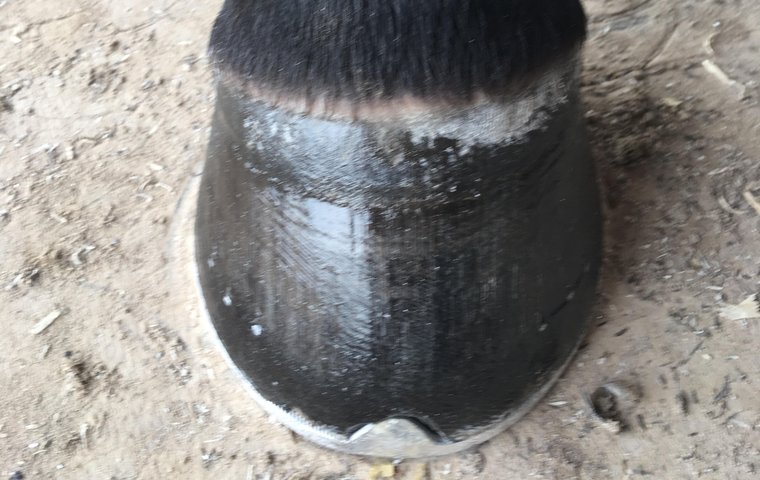


Does Your Horse Really Need To Wear Shoes Insight From A Leading Farrier Topics Orb Cigar Alysheba Thoroughbred Racing Commentary
With the emergence of equestrian as a sport, and horse racing came the need for equestrian horseshoes that were lighter These allowed horses to move faster while providing enough protection from hoof breakage A recent study published on the Journal of Equine Veterinary Science observed horses wearing steel and aluminum shoesWhile there is no requirement that a race horse wear shoes, virtually all of them do I've seen maybe two races where one of the participants was barefoot Every track regulates what types of racing plates, as they are called, that it permits MosWhy do horses need to wear shoes?


Why Do Horses Wear Shoes Quora



What Type Of Shoes Do Racehorses Wear Hotcrowd S Blog
Horses that race on turf use a sturdier shoe, but both types of racehorse need a closely fit shoe that will absolutely not come off in a race Prone to hyperextension of the fetlock and tendon and suspensory problems, these horses usually need a low heel and a short toe to minimize injuries Harness racing horses need to be shod to reduce the possibility of leg interferenceWhether to shoe or leave your horse barefoot is a hot debate among horse owners There are pros and cons to each approach Barefoot advocates contest that ongoing metal shoes and nails have longterm negative effects on a horse's movement, circulation, gaits, sensitivity, and hoof strengthDifferent track surfaces require shoes with different features Because the shoes are very light, and the horses train and race frequently, it forces the shoeing cycle of these horses to be much shorter than riding horses and even Thoroughbred race horses



Shoeing Racehorses At The Track The Horse



Lunging Retraining Of Racehorses
Heavy horses that are driven or worked on pavement need a more hardwearing shoe Horses who do a lot of high impact work and work on trails also benefit from a sturdier steel shoe, especially because aluminum is more bendable, which is not a quality you particularly want if your equine friend steps on his shoe when you're 15 miles from homeA horse's hoof is like a human fingernail It constantly grows Because domesticated horses do not wear down their feet naturally like wild horses do, a professional farrier must regularly trim their hooves and, if necessary, apply shoesStandardbred Race Horses Best Shoes for the Job There are two types of Standardbred racing gaits The Trotter moves in a diagonal beat, with a front leg and opposite side hind leg moving in rhythm The Pacer moves front leg and hind leg of one side in unison The challenge for farriers shoeing these horses is to balance the shoeing and shoe



Pros And Cons Are Horse Shoes Necessary For Hoof Health Equimed Horse Health Matters
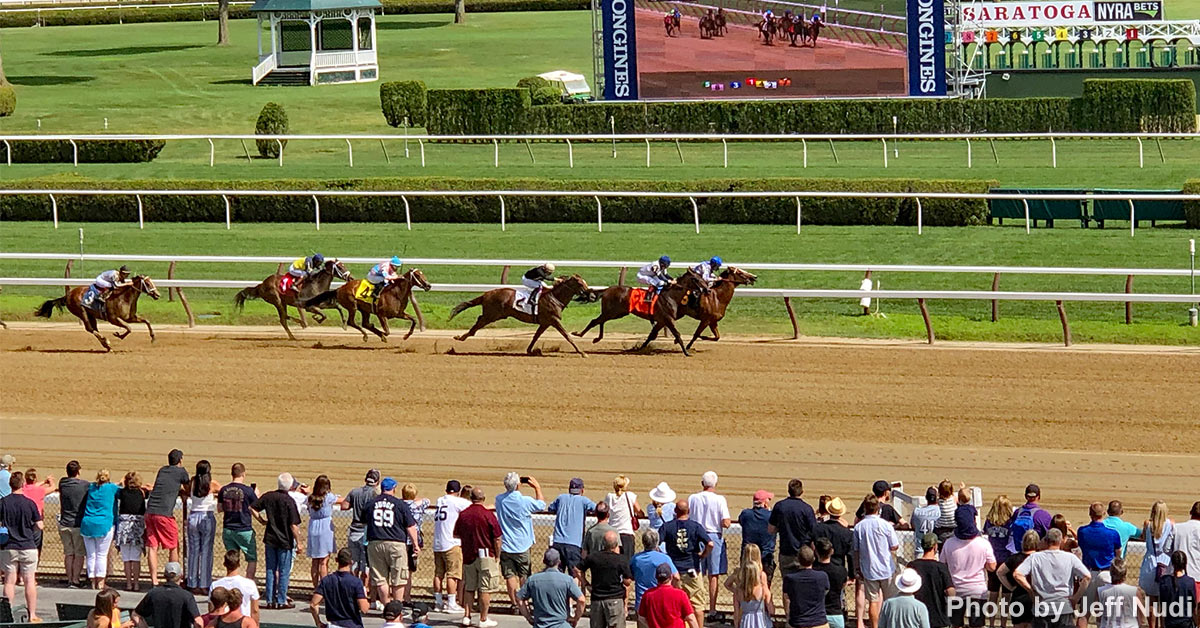


What To Wear To Saratoga Race Course Dress Code Information
Occupation is a big consideration too A horse that is ridden often will wear feet more quickly than the horse that is simply a pasture ornament Many endurance horses need shoes to compete in 50 and 100 mile races Often times the shoes are worn thin after a single race!5 Answers Yesas answered, in paragraph 4 Aluminum Horse Shoes are made of lightweight aluminum ideal for race horses so they can run fasterhowever, there are many different types of racingHorses are basically putting all of their weight in each leg on one toe cows at least get two =) 2) Function Horses do much more work for man than cows do, so the pressure put on their feet is different The shoe helps protect their feet and distribute the weight better 3) Feasibility



Farriers Discuss What Shoe Wear Reveals The Horse



Why Do Race Horses Wear Socks Horse
Imagine what the feet would look like if the horse had no protectionHorses' hooves continuously grow like our finger nails, so noneThere are certain breeds among horses that are known to have 'soft hooves', and these horses are much more likely to need shoes Horseshoeing can also contribute to improving the gait of certain horses In fact, specialized horseshoeing can help manipulate and even correct the gait of horses that are born with bone or muscular problems



What Does It Mean When A Horse Has Spread A Plate


Why Do Only Some Horses Wear Shoes
Horses that race on turf use a sturdier shoe, but both types of racehorse need a closely fit shoe that will absolutely not come off in a race Prone to hyperextension of the fetlock and tendon and suspensory problems, these horses usually need a low heel and a short toe to minimize injuriesHorses who have excellent confirmation and healthy hooves with a light workload can do just fine without shoes However, you need to look at your horse If they are prone to sore feet or have weak and brittle hooves, going barefoot will most likely cause lamenessA horse's hoof is like a human fingernail It constantly grows Because domesticated horses do not wear down their feet naturally like wild horses do, a professional farrier must regularly trim their hooves and, if necessary, apply shoes



Do Horseshoes Affect The Foot Skeleton Horse Journals



Renegade Hoof Boots The Real Leader In Hoof Boot Technology Won T Rub
Why do some horses wear shoes?Why do horses wear shoes?That said, sometimes some horses do need shoes, but I can only see three reasons why Protection If your horse's feet are wearing away more than they're growing, you might want to think about shoes That wearing away might be happening because of conformation, the way the horse moves or the environment it's kept



Fran Jurga S Hoofcare Lameness White Turf How Do Polo Ponies And Racehorses Stay On Their Feet In The St Moritz Snow



What Does It Mean When A Horse Has Spread A Plate
While wild horses can roam for miles each day without any form of protection on their hooves, domesticated horses require regularlymaintained horse shoes to protect their feet from injury and boost their effectiveness as work animals People trained in the art of horseshoeing are called farriersRace Horses require a wide range of shoes because of the different type of race surfaces and conditions in which they perform, as well as the different beliefs of trainers and farriers as to what works best The rules regarding toe inserts for racing vary throughout North AmericaHave you been wonder whether or not horses need to have shoes?



Anti Doping Measure In Horse Racing Included In Final Federal Spending Bill For 21
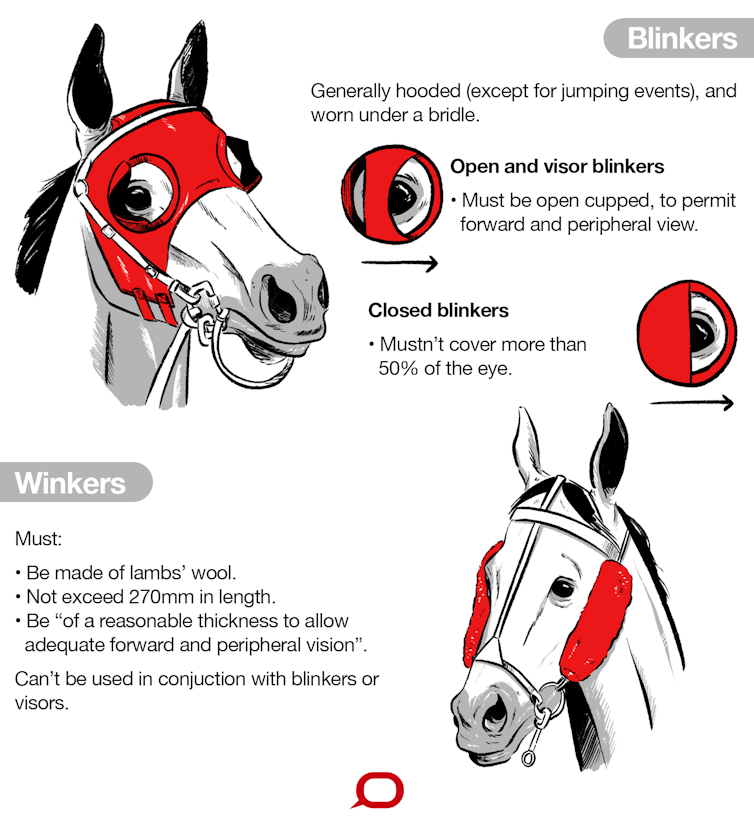


Dressing Up For Melbourne Cup Day From A Racehorse Point Of View
Watch this video to find out!Norman said putting horses in steel shoes for early training is something oldtimers in racing did Their logic was that steel shoes are stronger and don't wear as quickly as aluminum shoes, andHorses wear shoes because of the type ofwork the do Carriage horses often wear rubber shoes to help to cushion their joints from all the pounding on the hard concrete Jumpers have shoes with studs in them to aid with traction Police hores often have shoes with borium on them to help with traction on the concrete



Why Do Race Horses Wear Masks And Other Gear



Facing The Challenges Of Thoroughbred Feet Horse Racing News Paulick Report
Wild horses are constantly on the move, traveling many miles per dayHorses properly equipped with protective gear preformed better in the battlefield compared to horses without shoes This led to the defeat of the Southern forces in the 1860s By the early 1900s, equestrian horseshoes became a commercial success, owing to a stable market brought by the emergence of horseriding as a sportThere is also a variety of oxshoes in the lower right A horseshoe is a fabricated product, normally made of metal, although sometimes made partially or wholly of modern synthetic materials, designed to protect a horse hoof from wear



More Than 1 Horses Have Died This Year On Ireland S Racecourses
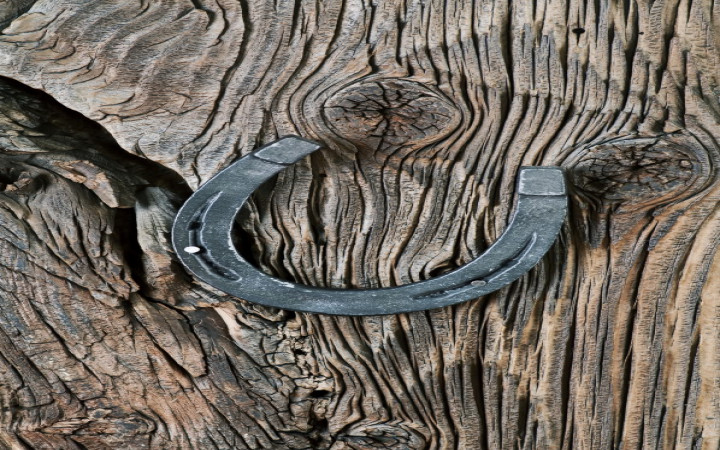


Why Do Horses Wear Shoes Wonderopolis
No foot, no horse Right?


Why Do Only Some Horses Wear Shoes
:max_bytes(150000):strip_icc()/close-up-of-a-horses-hoof-with-a-new-horse-shoe--705005173-5c2d627846e0fb0001052817.jpg)


Should Your Horse Wear Shoes Or Go Barefoot


Why Do Only Some Horses Wear Shoes
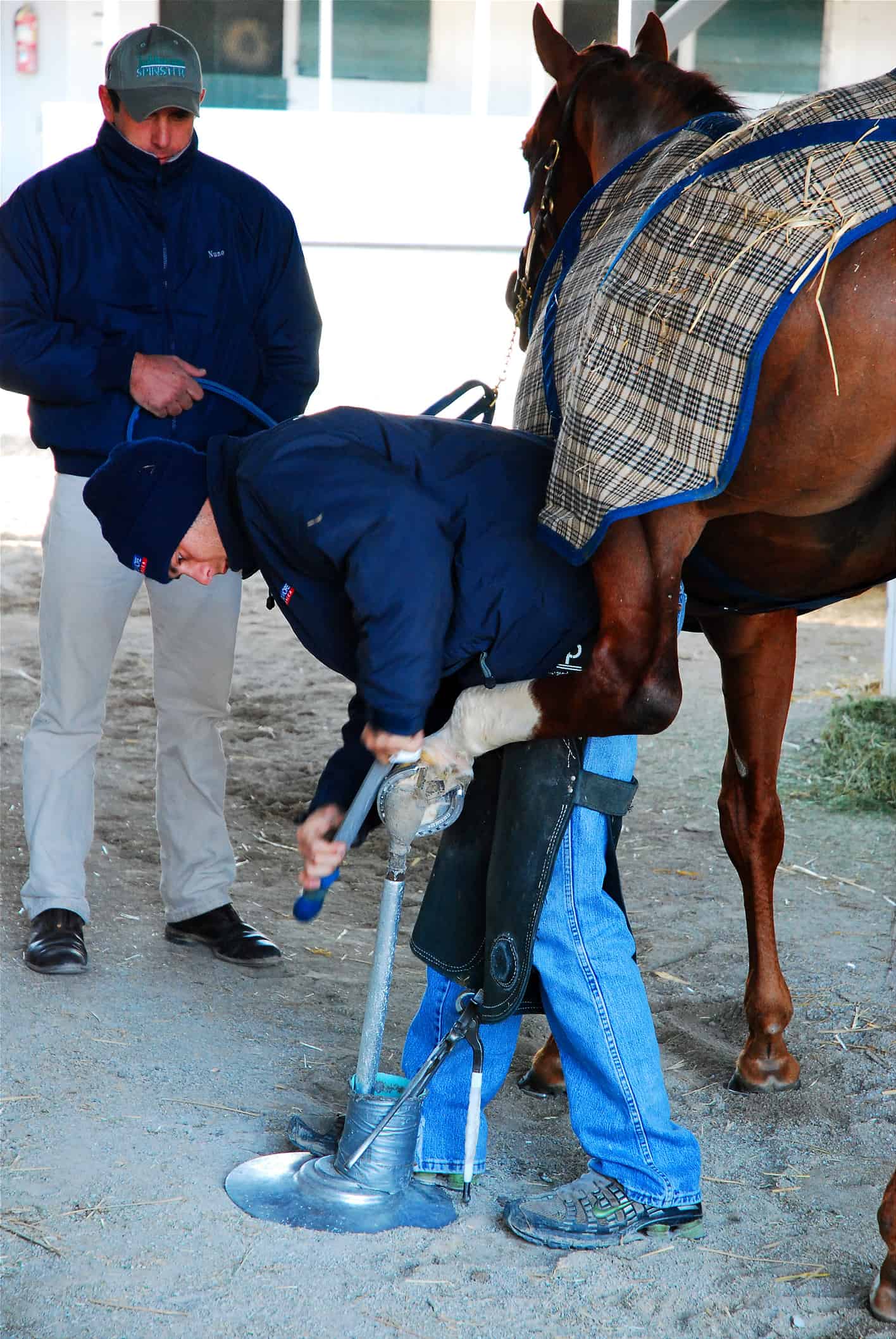


Shoeing Racehorses At The Track The Horse
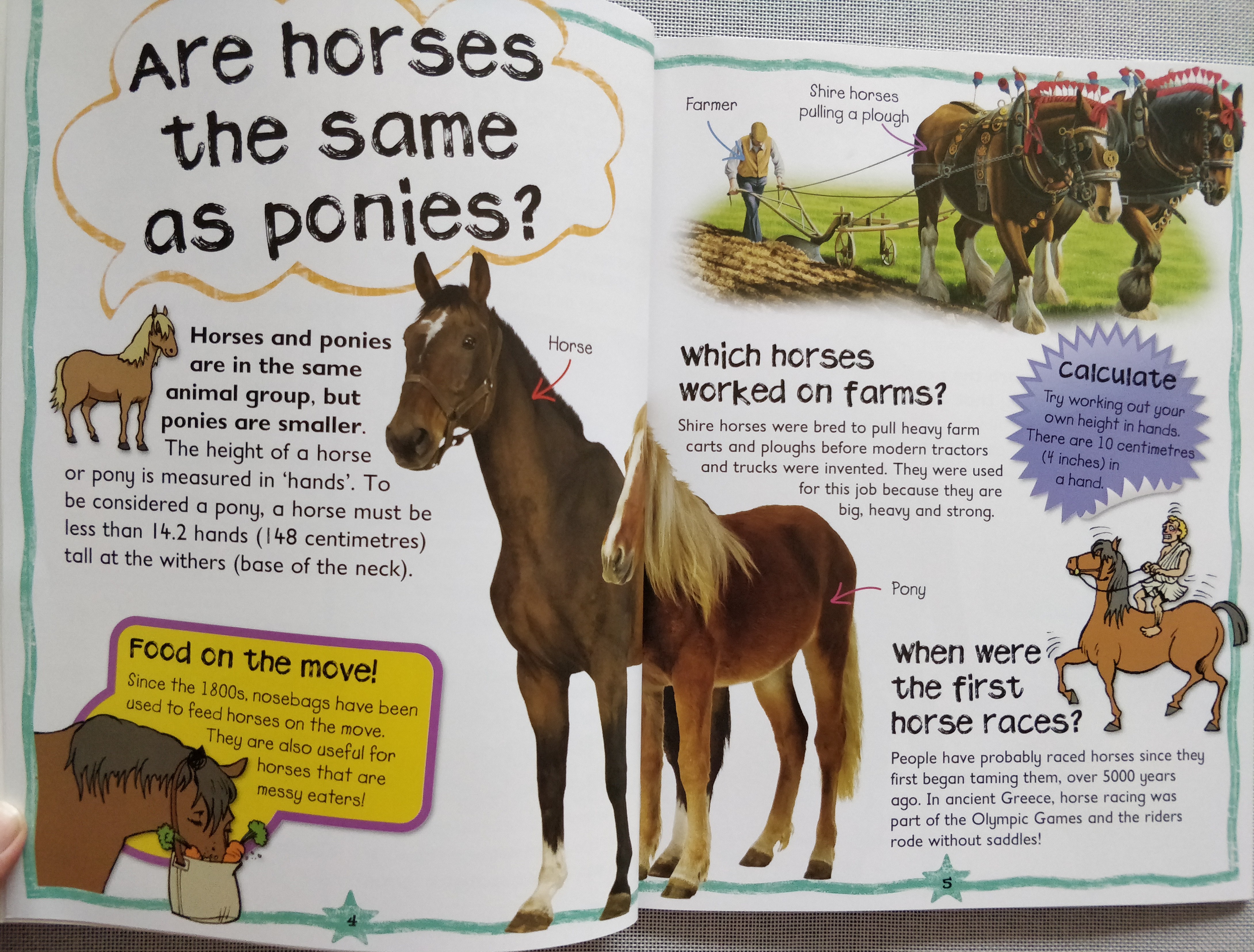


First Questions Answers Horses And Ponies Why Do Horses Wear Shoes Educational Books For Kids Booky Wooky


Q Tbn And9gctk4w Ut0mmkqcq3c2yvirx1rv6vqccullqsvrmzhejgxoucwlx Usqp Cau



Ex Racehorse Feet
:max_bytes(150000):strip_icc()/horsesnowMikeGrandmaison-5c3b7bce46e0fb0001ae05c8.jpg)


Should Your Horse Wear Shoes Or Go Barefoot



Horseshoes What Exactly Are Their Purpose Mountain Creek Riding Stable



Horseshoes Why Horses Need Them Plus Facts Uses And Types



Clip Before You Clop New Flexible Clip On Horseshoes Get Solid Backing Horsetalk Co Nz



Steel Shoes May Be Better For Racehorses Than Aluminum Farriers Say Horse Racing News Paulick Report



The News About Shoes Expert How To For English Riders
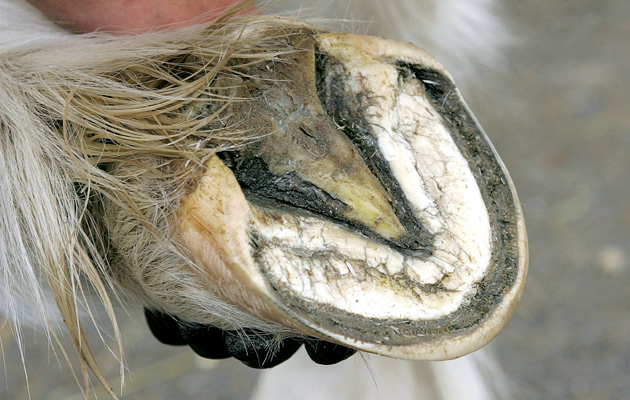


Do Horses Need Shoes Could My Horse Go Barefoot Horse Hound



How Do Riders Around The World Keep Their Horses In Work During Snow And Ice H H Investigates Horse Hound



Horseshoes Why Horses Need Them By Horse Is Love Medium



Horseshoe Wikipedia
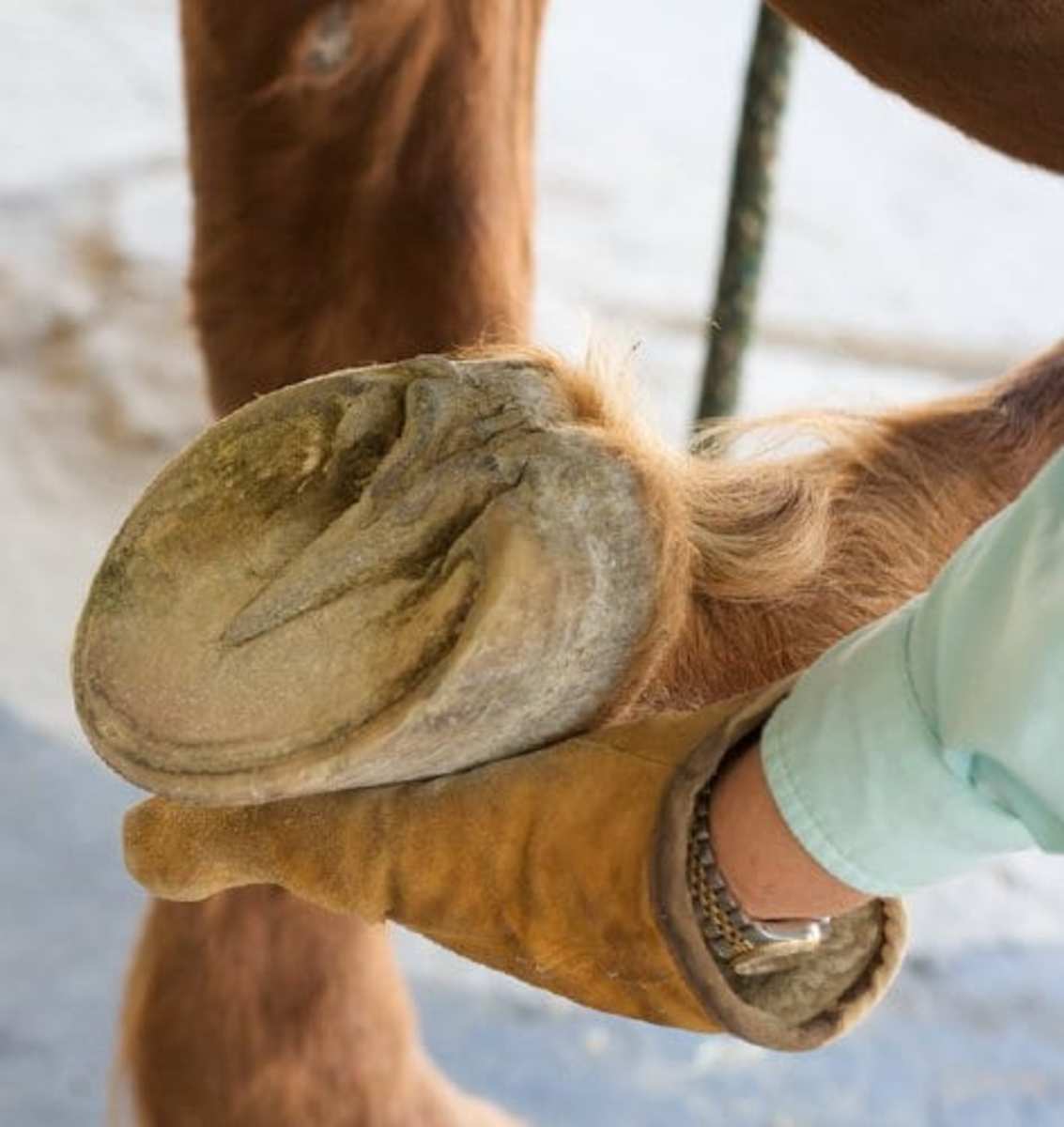


Barefootin A Healthy Choice For Soundness Horse Racing News Paulick Report



What Racehorses Wear The Horse



Why Horses Wear Shoes Texas Co Op Power
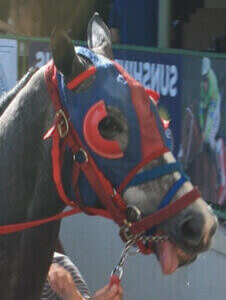


Why Horse Racing Equipment Is Used Blinkers On Or Blinkers Off


3



Why Do Horses Need Horseshoes Horse Gear Spot
/GettyImages-717373663-d8d1642ed1424a828448bc7531800258.jpg)


Why Do Horses Need Horseshoes



Horseshoes 101 Why Are They Used When Were They Invented
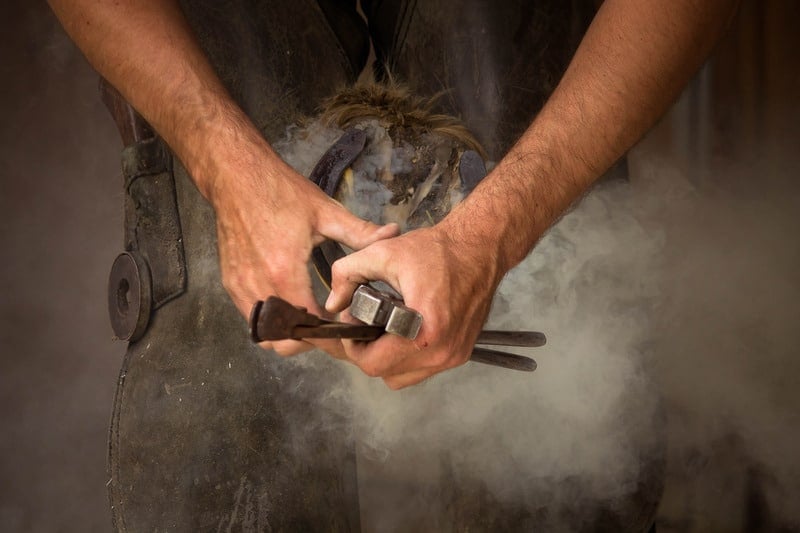


Horseshoes Why Horses Need Them Plus Facts Uses And Types



The Importance Of Horseshoes Horseseller
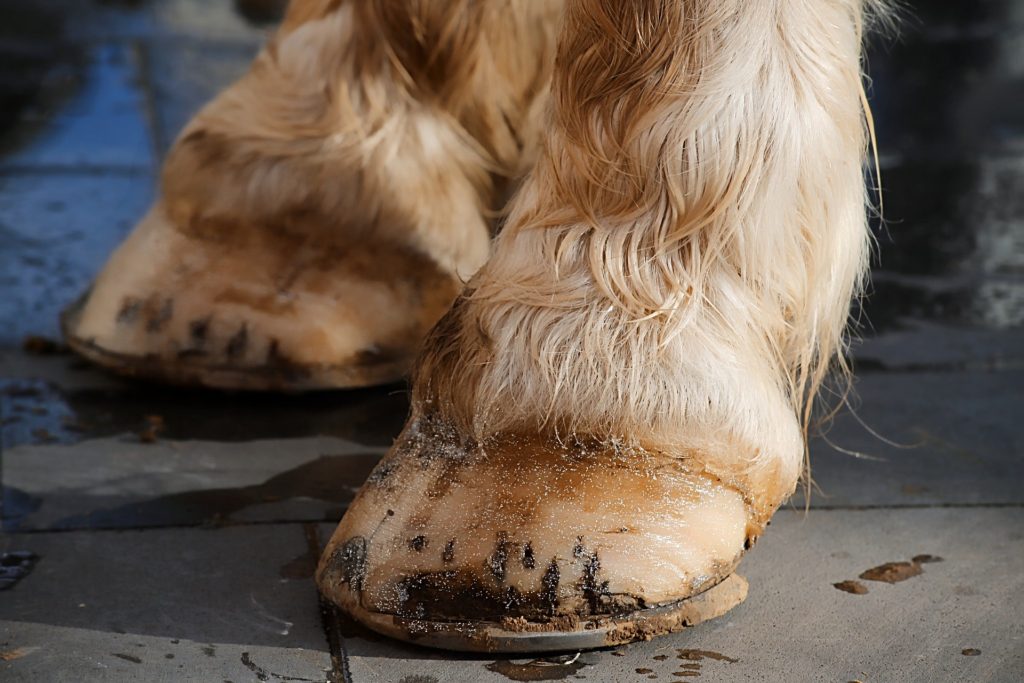


Why Some Horses Wear Shoes And Others Don T



The History Of Horseshoes Dressage Today
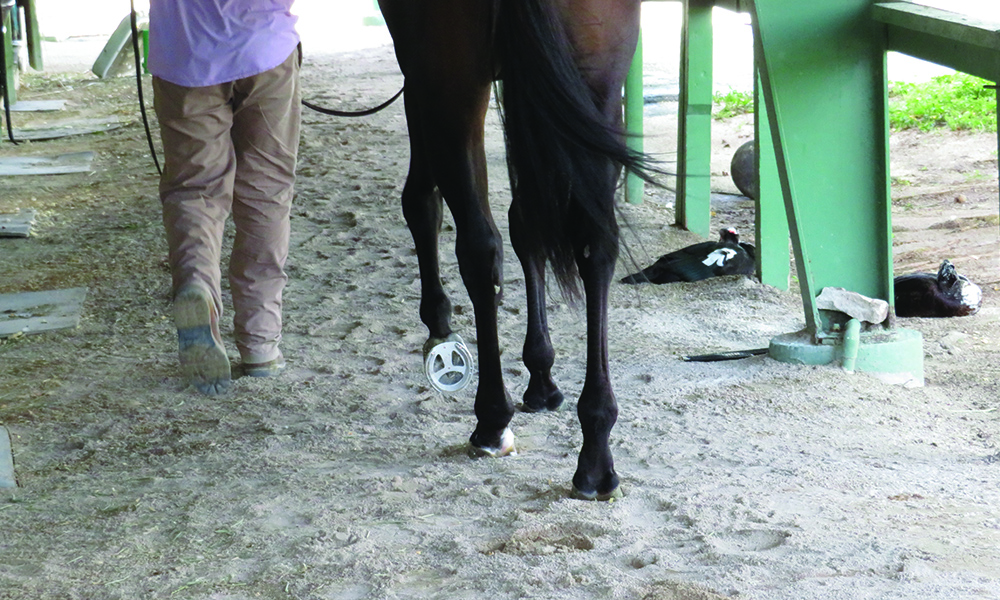


Everything You Ever Wanted To Know About Horseshoes Saratoga Living



A Hard Decision Between Steel And Aluminum Horseshoes Wsj



Why Do Only Some Horses Wear Shoes


Do Horses Need To Wear Shoes Horse Factbook


Why Can Wild Horses Survive Without Being Shod Why Don T They Need Horseshoes Quora



What Are Horse Leg Wraps Used For 6 Reasons
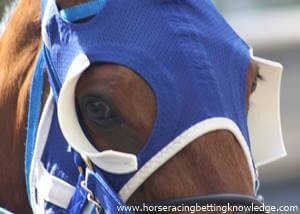


Why Horse Racing Equipment Is Used Blinkers On Or Blinkers Off



I Owe You How Much The Cost Of Shoeing Horses Horse Racing News Paulick Report
/Riderhorseshoe-GettyImages-702548127-590744055f9b5810dc853d2c.jpg)


Should Your Horse Wear Shoes Or Go Barefoot



Fran Jurga S Hoofcare Lameness Underfoot In Dubai World Cup Hooves Shoes And Farriers For Thoroughbred Racing S Superstars



Horse Shoes Will Be Obsolete Says Ex Farrier Nakedhorse



Golden Boots Of Horse Racing Alex Ridgeway



Why Do Horses Wear Shoes Spirit Riding Free Presents Colossal Questions Youtube



Why Do Horses Need Shoes Animal Friends



Why Horses Wear Shoes Texas Co Op Power



How Runners Really Learn From Watching Horse Racing



Do Horses In The Triple Crown Races Wear Good Protection Such As Horse Shoes Quora


Q Tbn And9gctoh6vpniibh6pbe3gndwmz4sy1turdxicikzyurdq Usqp Cau


Why Can Wild Horses Survive Without Being Shod Why Don T They Need Horseshoes Quora



A Footwear Primer The Horse



Why Do Race Horses Wear Masks And Other Gear
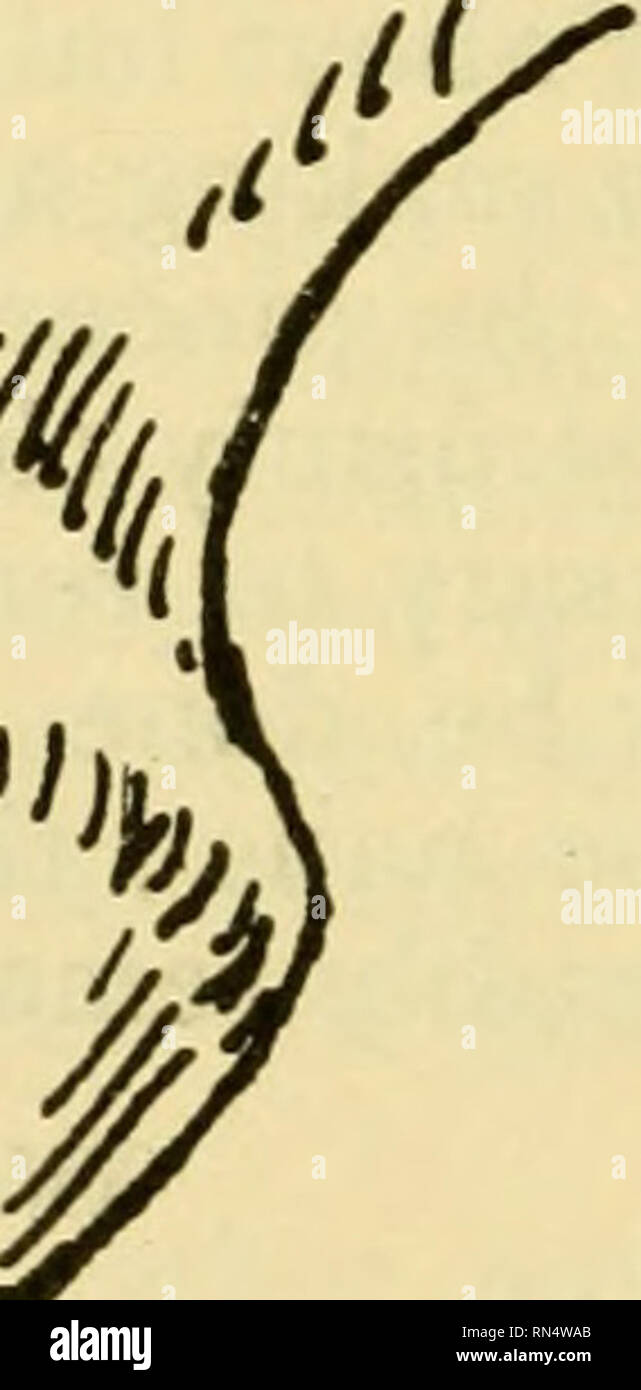


Animal Management 1908 Horses Horses Draft Animals Mmmbmsmmmmmr Fig 52 Foot Prepared For Charlier Shoe Shoe Than The Inside With Rare Exceptions The Outside Toe Is The First Place To



Fran Jurga S Hoofcare Lameness Underfoot In Dubai World Cup Hooves Shoes And Farriers For Thoroughbred Racing S Superstars



Why Horses Wear Shoes Texas Co Op Power
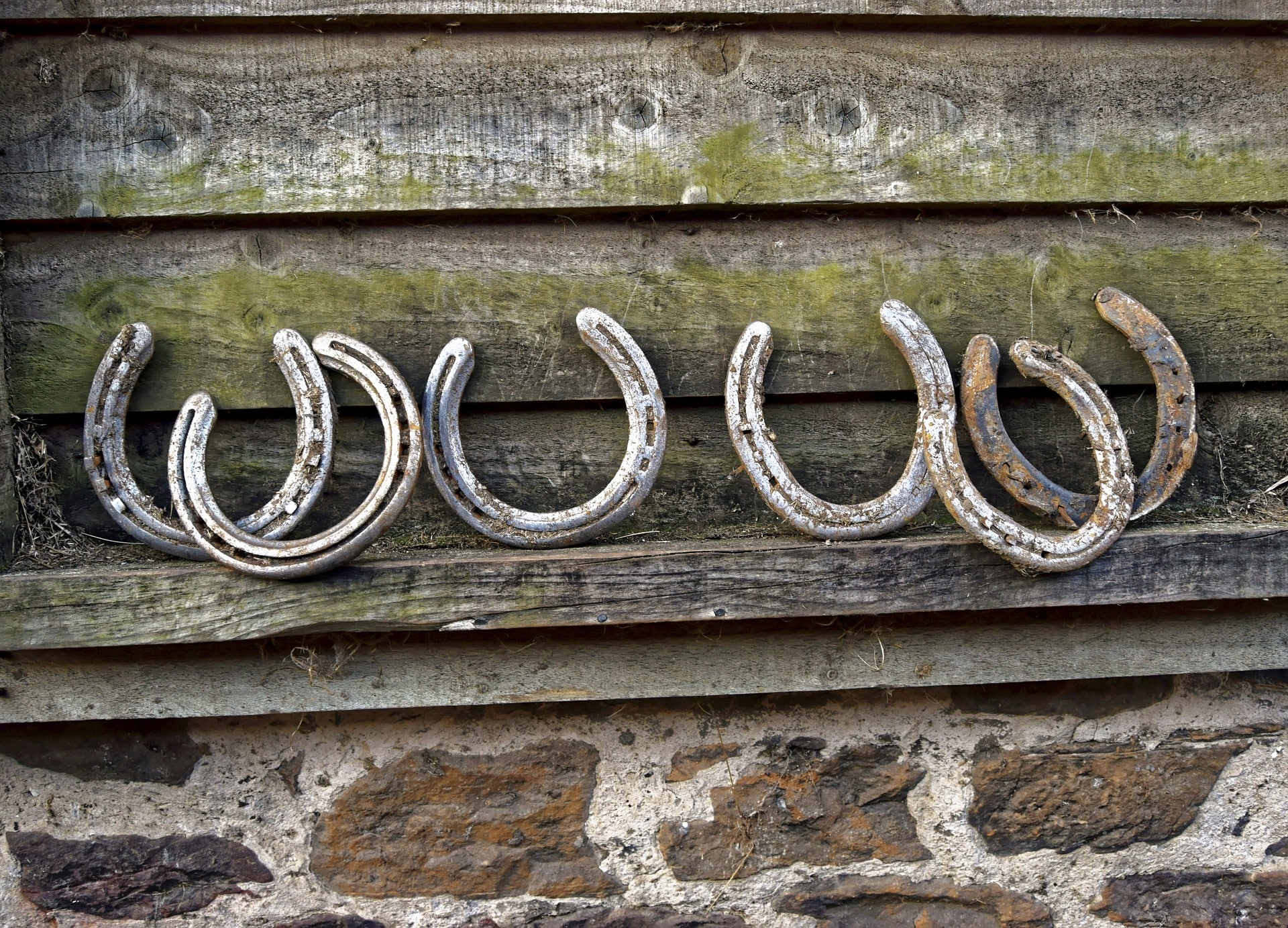


Why Some Horses Wear Shoes And Others Don T



Fran Jurga S Hoofcare Lameness Choose Your Racing Shoes Last Days To Wear Toe Grabs Before 09 Rule Changes



Why Some Horses Wear Shoes And Others Don T



Why Do Race Horses Wear Masks And Other Gear



Horseshoe Wikipedia



Horse Shoes Provide A Solid Foundation



Does Your Horse Need Horseshoes


Retired Race Horses Do Have A Good Life Harnesslink
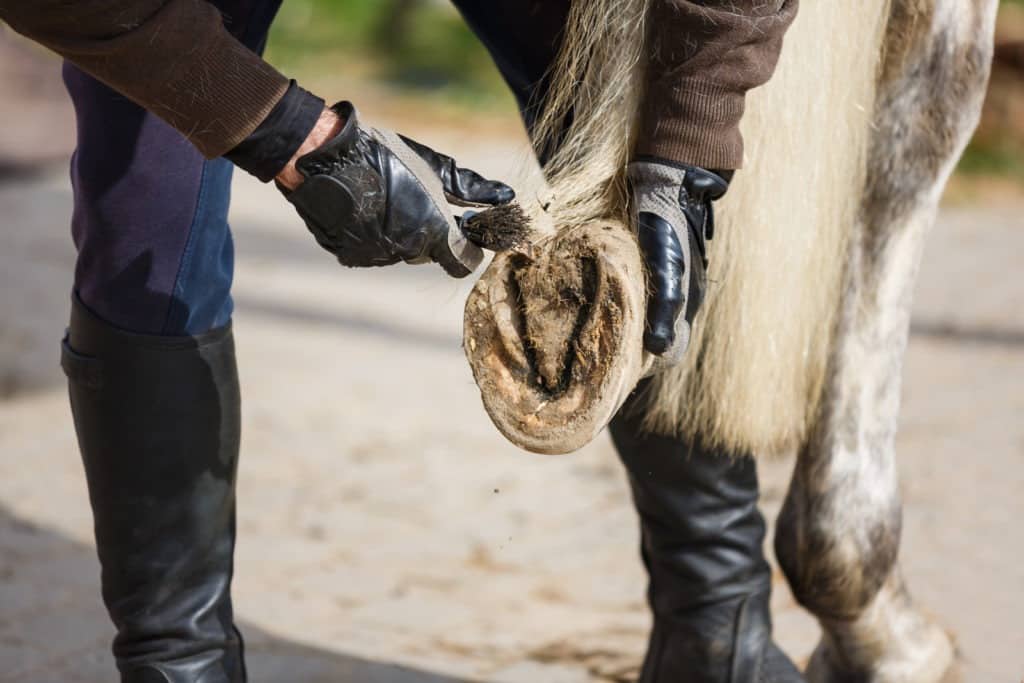


Do Thoroughbreds Have Bad Feet 5 Traits Of Poor Horse Hoofs


1



Shoeing Racehorses At The Track The Horse



Natural Hoof Care Wikipedia



First Questions Answers Horses And Ponies Why Do Horses Wear Shoes Educational Books For Kids Booky Wooky



Vintage Tumbler Glasses With Thoroughbred Race Horses Horse Decor Equestrian Decor Glassware



Foot Specialist Tackles Big Brown S Problems The New York Times
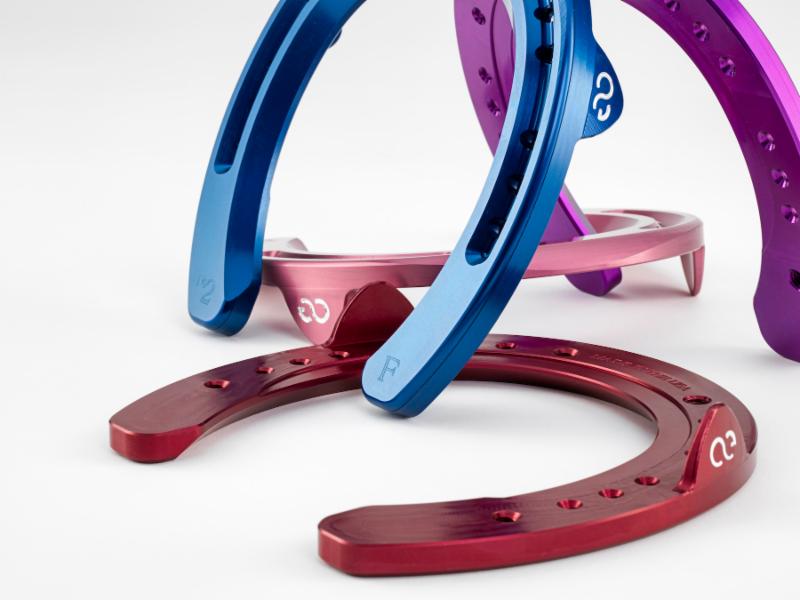


American Equus Premium Horseshoes Revolutionize The Way We See Horses Hooves American Equus
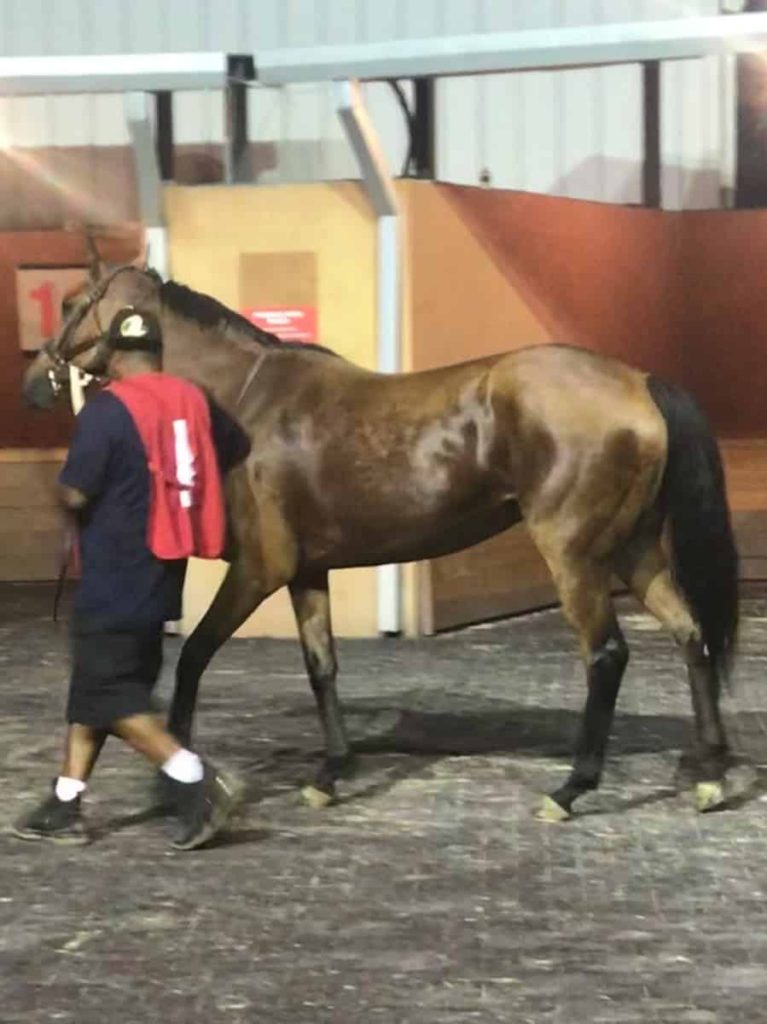


Horseshoes Why Horses Need Them Plus Facts Uses And Types



How Runners Really Learn From Watching Horse Racing



Why Do Horses Need Shoes Animal Friends



0 件のコメント:
コメントを投稿